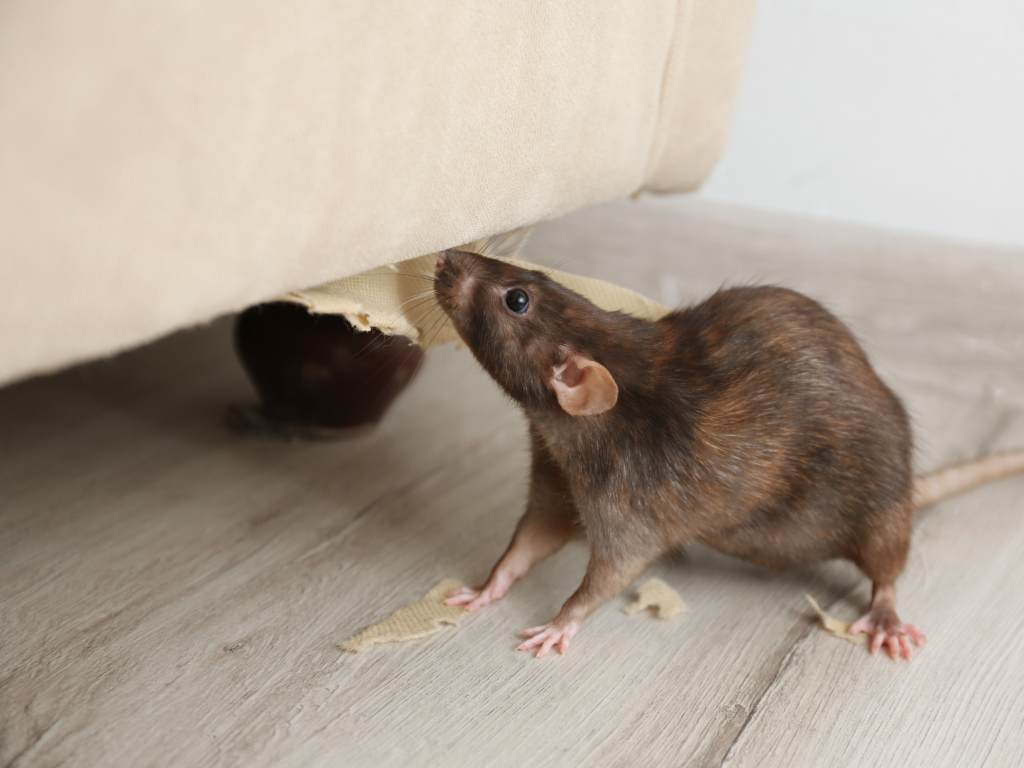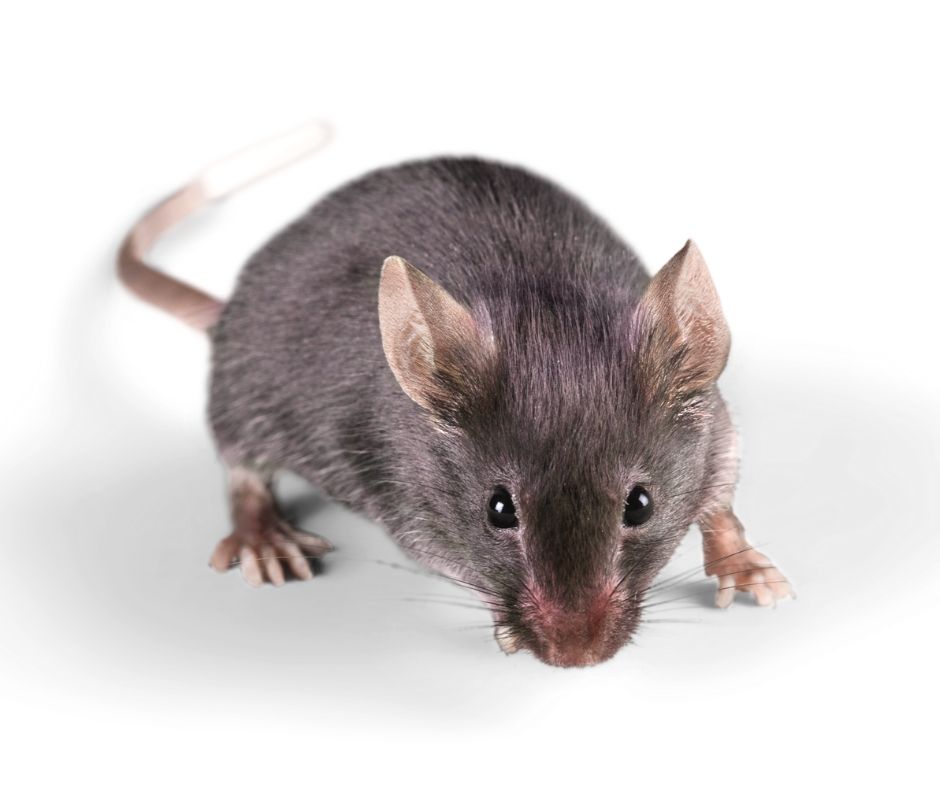Rodent Removal Services by Pest Control Xperts in Lawndale
Serving homes, apartments, dormitories, hotels, and healthcare offices throughout Lawndale, California, and Surrounding Areas
Professional Rodents Control for Lawndale, CA
Are you tired of the endless battle against rodents in your Lawndale home or business? You’ve tried every trap, every spray, and every DIY solution, only to find new droppings, gnaw marks, and the unsettling sounds of scurrying in your walls. This isn’t just a nuisance, it’s a clear sign of a deeper, hidden problem – a thriving rodent colony that your efforts simply can’t reach. At Lawndale Pest Control Xperts, we understand your frustration. We know that store-bought remedies offer only temporary illusions, undone by the hidden colony. Our professional service is designed to eliminate the problem at its source, bringing lasting peace of mind to Lawndale, Hawthorne, Gardena, and surrounding communities.
Why Rodents Appear in Lawndale and Surrounding Communities
Lawndale, nestled in the heart of Southern California, boasts a warm, arid climate with cool, wet winters. This Mediterranean climate, coupled with its urban and suburban landscape, creates an ideal environment for rodents to flourish. The proximity to the coast means a consistent marine layer, contributing to moisture that can attract various rodent species.
- Climate & Geography: Lawndale’s mild winters mean rodents don’t hibernate, remaining active and reproducing year-round. The warmer summers can drive rodents indoors seeking water and shelter. While Lawndale itself is largely urbanized, nearby areas with more vegetation or older infrastructure can serve as breeding grounds, with rodents then migrating into residential and commercial properties in search of food and harborage.
- Local Architecture & Urban Factors: The diverse architecture in Lawndale, from older homes with potential foundation cracks to dense commercial districts and newer suburban developments, offers numerous vulnerabilities. Rodents can squeeze through incredibly small gaps – mice through dime-sized holes and rats through quarter-sized openings. Unsealed entry points, gaps around pipes, conduits, vents, and even worn-down weather stripping provide easy access. Older buildings, in particular, often have more structural weaknesses that rodents exploit.
- Food and Water Sources: Easy access to food and water is a primary attractant. Unsecured trash bins, pet food left outdoors, fruit trees, and leaky pipes provide ample sustenance for invading rodents. Neighboring properties with unmanaged rodent issues can also contribute to widespread infestations.
Types of Rodents Commonly Found in California
California is home to several common rodent species that can infest homes and businesses. Understanding their distinct behaviors is crucial for effective control.
House Mice
- Identification: Small, typically gray-brown with a lighter belly, large ears, and a tail as long as their body.
- Behavior: Highly adaptable and prolific breeders, house mice prefer nesting in dark, secluded areas within structures, such as attics, wall voids, and behind appliances. They are excellent climbers and constantly gnaw to keep their incisors from overgrowing.
- Risks: House mice contaminate food and surfaces with their droppings and urine, spread diseases like Salmonella, and can trigger allergies. Their incessant gnawing on electrical wires poses a significant fire hazard.
Roof Rats
- Identification: Sleek, typically black or dark brown, with a tail longer than their head and body.
- Behavior: Known as “climbers,” roof rats prefer elevated nesting sites in attics, trees, dense vegetation, and wall voids. They are agile and often seen running along utility lines or fences at night. They prefer fruits, nuts, and berries.
- Risks: Roof rats contaminate food, transmit diseases, and can cause structural damage by gnawing. They are a common problem in coastal California.
Norway Rats
- Identification: Stockier than roof rats, typically brown with a shorter tail relative to their body.
- Behavior: These “burrowers” prefer ground-level areas, creating burrows along foundations, beneath rubbish piles, and in basements or crawl spaces. They are less agile climbers than roof rats. They eat a wide variety of foods, including cereal grains, meats, and fish.
- Risks: Norway rats are destructive, causing structural damage through burrowing and gnawing. They are vectors for numerous diseases and can contaminate food.
Problems Rodents Create for Homes and Businesses
An unchecked rodent infestation brings a cascade of negative consequences, impacting health, property, and peace of mind.
- Food Contamination & Disease Transmission: Rodents constantly shed hair, urinate, and defecate, contaminating food preparation surfaces, stored food, and even packaged goods. They can transmit serious diseases like Hantavirus (deer mice), Leptospirosis, and Salmonella to humans and pets.
- Property Damage: Rodents gnaw on almost anything to keep their ever-growing incisors in check. This includes electrical wires, increasing the risk of fire. They also damage insulation, pipes, wooden structures, furniture, and personal belongings like books and documents. Norway rats, with their burrowing habits, can undermine foundations.
- Daily Frustration & Reputation Risk: The constant scratching, gnawing, and sightings of rodents create significant stress for homeowners. For businesses, an infestation can severely damage reputation, leading to lost customers and potential health code violations.
Signs of an Escalating Rodents Infestation
Recognizing the early warning signs of a rodent problem is crucial to prevent a full-blown infestation. If you observe any of these indicators, it’s time to take action:
- Droppings: Small, dark pellets found in corners, under sinks, in pantries, or along baseboards. The size and shape can help identify the type of rodent.
- Gnaw Marks: Chewing marks on wood, plastic, food packaging, electrical wires, or pipes.
- Noises: Scratching, scurrying, or squeaking sounds coming from walls, attics, or crawl spaces, especially at night.
- Grease Trails: Dark, greasy smudge marks along walls and baseboards where rodents frequently travel.
- Nests: Accumulations of shredded materials like paper, fabric, or insulation in secluded areas.
- Unusual Pet Behavior: Dogs or cats may become fixated on certain areas, sniffing or barking at walls or cabinets.
- Sightings: While rare, seeing a live rodent, particularly during the day, indicates a significant infestation.
Why Professional Extermination is Essential for Rodents Removal
Many Lawndale property owners attempt to tackle rodent problems themselves, only to find their efforts are temporary illusions. Store-bought traps and sprays might catch a few visible foragers, but they rarely address the root of the problem: the hidden colony and its queen. DIY methods often lead to:
- Targeting Foragers, Not the Colony: Over-the-counter solutions typically only eliminate the visible rodents, which are often just a small fraction of the entire population. The queen and the majority of the colony remain hidden, continuing to reproduce and thrive.
- Colony Splitting (Budding): When a colony feels threatened by DIY treatments, it can fragment into smaller “satellite colonies” in different locations. This makes the infestation even more widespread and challenging to eradicate.
- Incomplete Eradication: Without professional expertise, it’s nearly impossible to locate and eliminate all nesting sites, entry points, and the queen. This means the problem will inevitably return, leading to ongoing frustration and potential damage.
Professional extermination is the only true solution for complete colony destruction. Lawndale Pest Control Xperts employs a strategic, multi-faceted approach that goes beyond surface-level treatments to eliminate rodents at their source, ensuring lasting relief for your property.
Our Rodents Removal Method
At Lawndale Pest Control Xperts, we follow a meticulous, step-by-step process to ensure thorough and effective rodent removal for your home or business.
- Consultation & Inspection: Our process begins with a comprehensive inspection of your property in Lawndale, Hawthorne, or Gardena. We identify the type of rodent, locate entry points, pinpoint nesting sites, and assess the extent of the infestation.
- Customized Treatment Plan: Based on our findings, we develop a tailored treatment plan utilizing advanced baiting systems and exclusion techniques. Our methods are designed for maximum effectiveness while prioritizing the safety of your family and pets.
- Exclusion & Maintenance: We seal identified entry points with durable materials like steel wool, caulk, or metal mesh to prevent future infestations. We also advise on ongoing maintenance strategies to keep your property rodent-free.
- Monitoring & Follow-Up: Our service includes monitoring to ensure the effectiveness of the treatment. We provide follow-up visits as needed to confirm complete colony elimination and address any new activity.
Why Lawndale Relies on Lawndale Pest Control Xperts
For years, property owners in Lawndale and the surrounding communities have trusted Lawndale Pest Control Xperts for effective and lasting rodent control. Our commitment to excellence is built on:
- Regional Familiarity: We possess an in-depth understanding of the local environment, climate, and architectural nuances that contribute to rodent activity in Lawndale, Hawthorne, and Gardena.
- Focus on Complete Colony Destruction: Our core objective is to eliminate the entire rodent colony, including the queen and hidden nests, not just the visible foragers.
- Safe Application Methods: We utilize responsible and effective treatment methods, prioritizing the safety of your family, pets, and the environment.
- Commitment to Follow-Up: We stand by our service, offering ongoing monitoring and support to ensure your property remains free from rodent infestations.
Related Rodent Topics
Understanding Rodent Behavior
- Seasonal Activity: How Lawndale’s mild climate influences year-round rodent activity.
- Nocturnal Habits: Why rodents are most active at night and what that means for detection.
- Breeding Cycles: The rapid reproduction rates of common California rodents.
Preventative Measures for Your Home
- Sealing Entry Points: Detailed guidance on how to identify and seal gaps in your home’s exterior.
- Sanitation Best Practices: Tips for managing food sources and waste to deter rodents.
- Yard Maintenance: How landscaping and outdoor clutter can attract or repel rodents.
Health Risks Associated with Rodents
- Diseases Transmitted: A closer look at the specific pathogens rodents can carry.
- Allergies & Asthma: How rodent droppings and dander can impact indoor air quality.
- Contamination Risks: Understanding the dangers of rodent presence in food storage areas.
Common Misconceptions About Rodent Control
- Effectiveness of DIY Traps: Why store-bought solutions often fall short.
- Natural Repellents: Debunking myths about home remedies for rodent deterrence.
- Rodent Intelligence: How rodents adapt to threats and avoid simple traps.
Integrated Pest Management (IPM) for Rodents
- Multi-faceted Approach: Combining inspection, exclusion, and targeted treatments.
- Long-Term Solutions: Focusing on sustainable strategies for ongoing protection.
- Environmental Considerations: Utilizing methods that minimize impact on non-target species.
Contact Lawndale Pest Control Xperts Today
Don’t let the frustration of a rodent infestation continue to disrupt your life. The illusions of DIY solutions will always be undone by the hidden colony. Take the definitive step towards a rodent-free property with Lawndale Pest Control Xperts. Our expert team is ready to provide the professional service you need to eliminate the problem at its source and restore your peace of mind. Contact us for an immediate consultation.
Lawndale Pest Control Xperts proudly serves Lawndale, Hawthorne, Gardena, Torrance, and Redondo Beach, CA.





